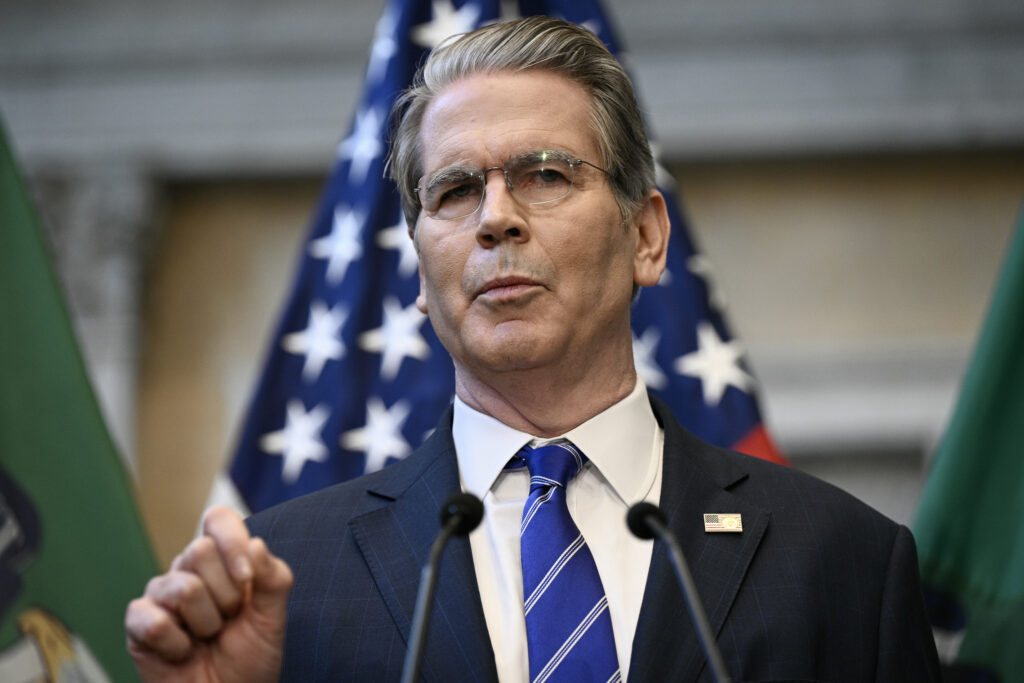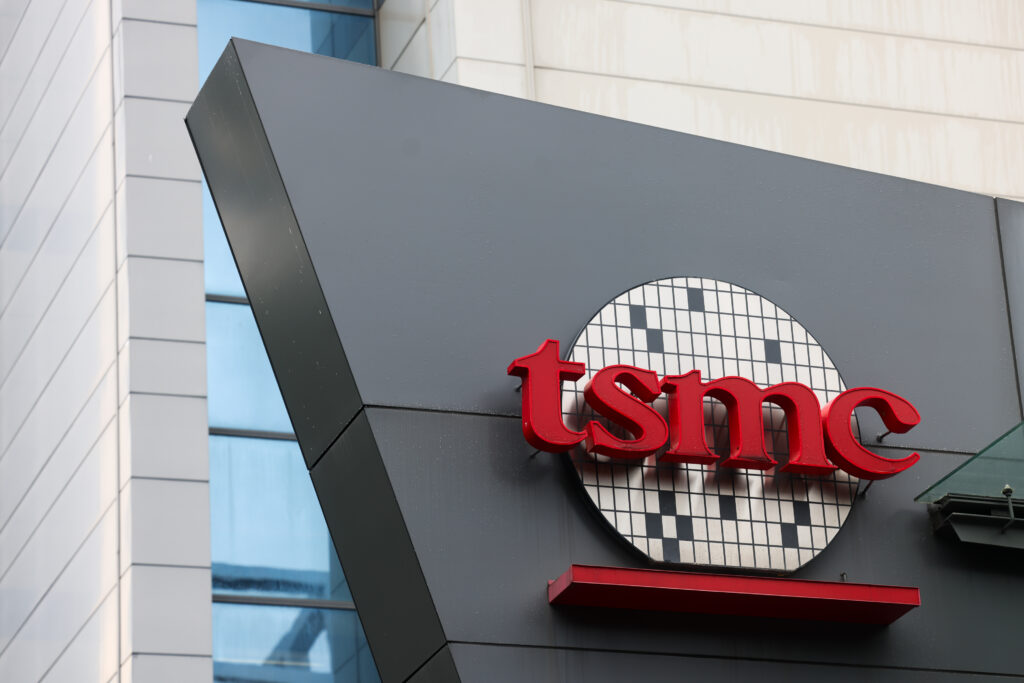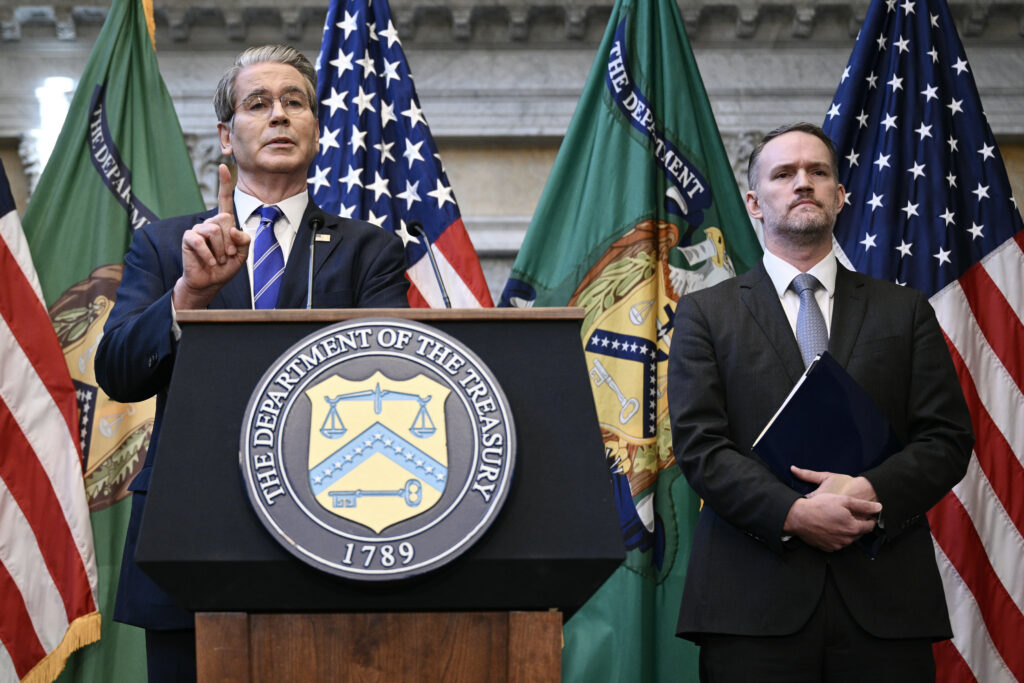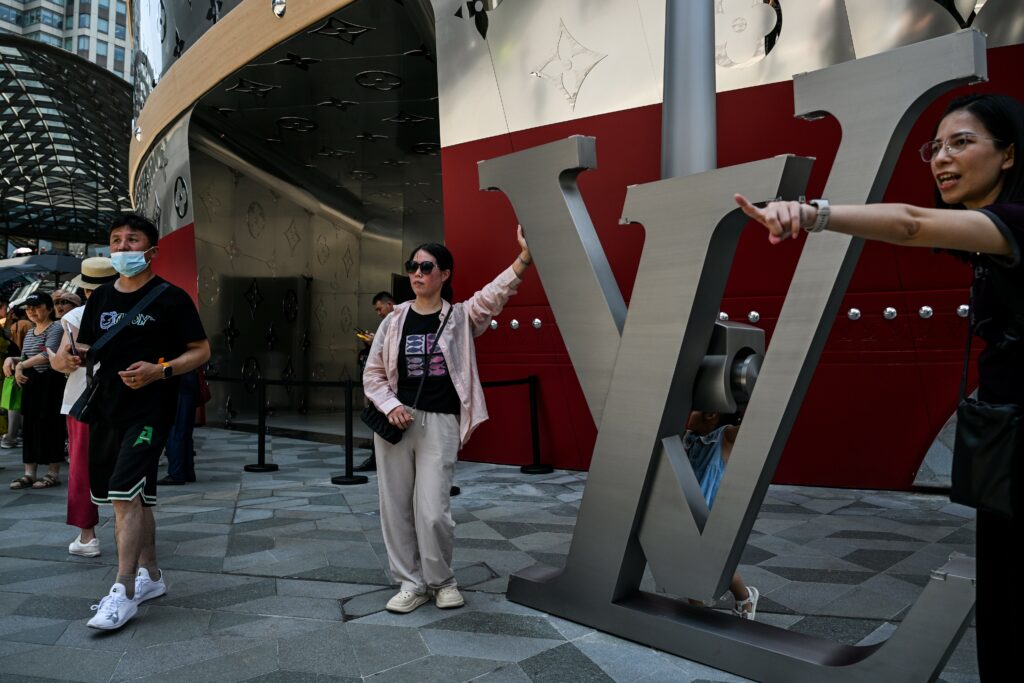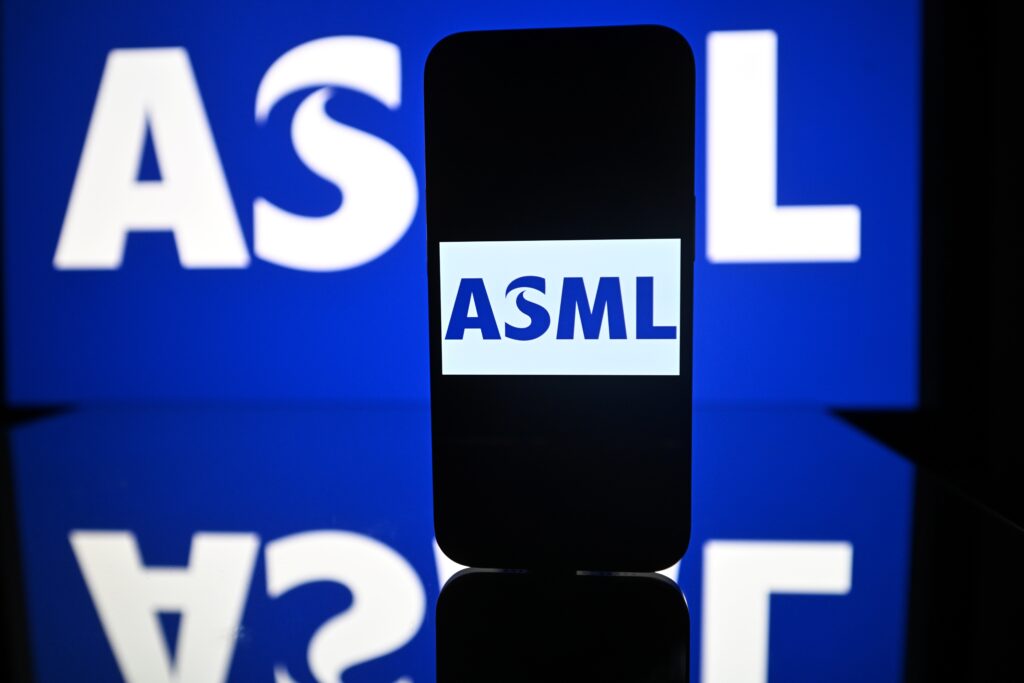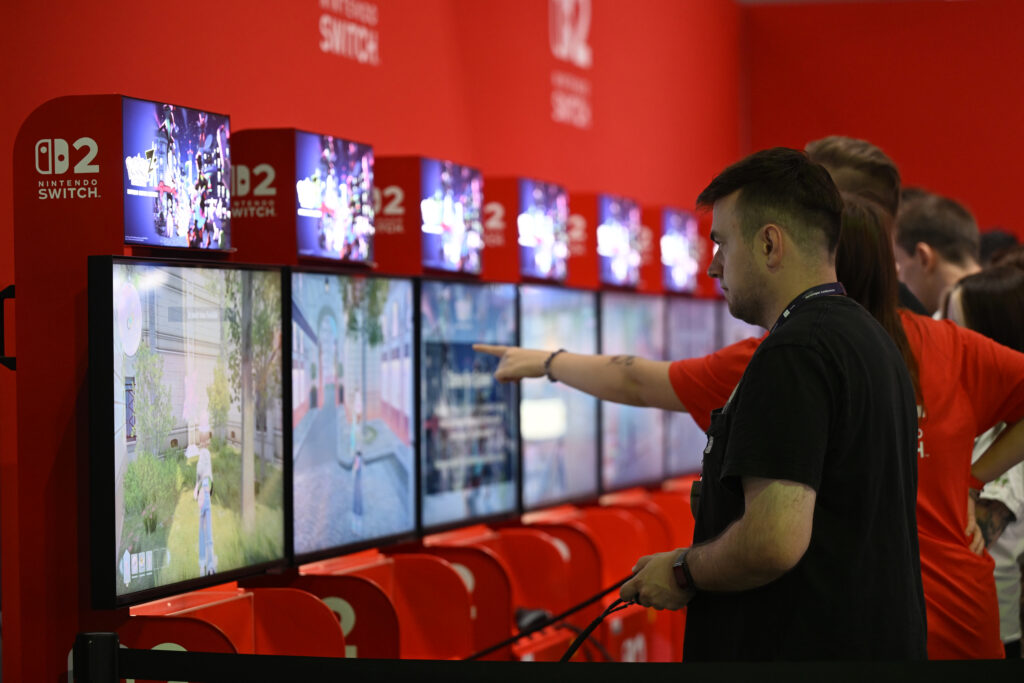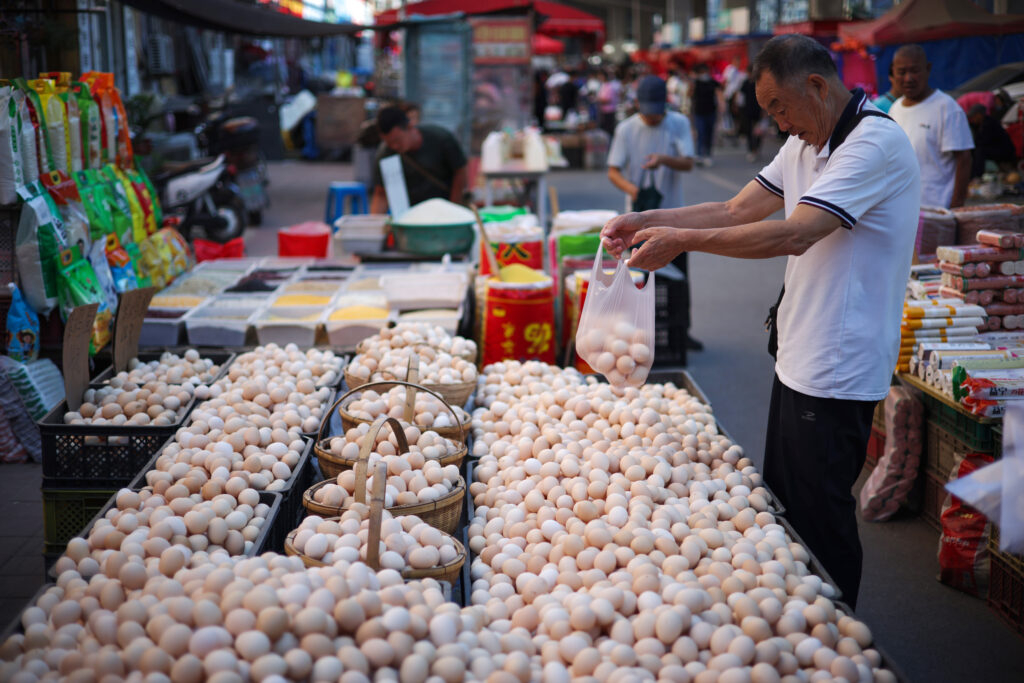Stocks fluctuate as traders weigh China-US row, tech earnings
Stock markets were mixed Thursday as investors weighed the latest volleys in the China-US trade war and strong tech earnings.Nestle shares surged eight percent after the Swiss food giant announced that it will cut 16,000 jobs worldwide over the next two years. Equities have largely been in flux since US President Donald Trump last week reignited his tariff row with Beijing, threatening 100 percent levies on Chinese goods in retaliation for its recent rare-earth export controls.In Europe, the Paris stock market was up 0.7 percent in early afternoon trade as French Prime Minister Sebastien Lecornu survived a no-confidence vote.London dipped following data that showed lacklustre growth in the UK economy, six weeks ahead of the government’s annual budget.That followed a largely positive day in Asia, led higher by technology shares on AI-driven optimism. Shares in Taiwanese tech titan TSMC rose after it reported another record net profit on skyrocketing demand for microchips to power iPhones and artificial intelligence.Tokyo, Shanghai, Taipei and Seoul were all up, while Hong Kong closed lower.Investors also kept an eye on developments in the recent flare-up in tensions between the United States and China.”The US-China spat looks set to take another turn,” said Joshua Mahony, chief market analyst at Scope markets.He added that China could “turn up the pressure by further deepening the trade conflict in the knowledge that it could spark a sharp slump in US equity markets”.Beijing on Thursday said the latest US moves to expand export controls and levy new port fees on Chinese ships have been “profoundly detrimental” to trade talks between the two superpowers.Treasury Secretary Scott Bessent appeared to take a more conciliatory tone, proposing a longer pause in their tariffs as they look to resolve the rare earths row.Since May, the world’s two largest economies have suspended sky-high levies on each other for three months at a time as they work towards a full trade deal.Concerns over China-US tensions, bets on US rate cuts and a weaker dollar have helped push gold to daily records. It hit a peak of $4,243.25 on Thursday.Oil prices rose as Trump said Indian Prime Minister Narendra Modi had promised him that New Delhi will stop buying Russian oil.India’s rupee held onto gains after its strongest rally since June, bouncing from near a record low, after the central bank stepped in.”The Indian Rupee’s significant rally… was primarily driven by central bank intervention, a softer dollar index, and supportive factors like lower crude oil prices and renewed foreign fund inflows,” Dilip Parmar, senior analyst at HDFC Securities, told AFP.- Key figures at around 1050 GMT -London – FTSE 100: DOWN 0.2 percent at 9,409.45 pointsParis – CAC 40: UP 0.7 percent at 8,129.36Frankfurt – DAX: UP 0.1 percent at 24,208.09Tokyo – Nikkei 225: UP 1.3 percent at 48,277.74 (close)Hong Kong – Hang Seng Index: DOWN 0.1 percent at 25,888.51 (close)Shanghai – Composite: UP 0.1 percent at 3,916.23 (close)New York – Dow: FLAT at 46,253.31 (close)Euro/dollar: UP $1.1657 from $1.1645 on WednesdayPound/dollar: UP at $1.3434 from $1.3400Dollar/yen: DOWN at 151.21 yen from 151.24 yenEuro/pound: DOWN at 86.77 percent from 86.90 penceBrent North Sea Crude: UP 0.5 percent at $62.24 per barrelWest Texas Intermediate: UP 0.6 percent at $58.62 per barrel
